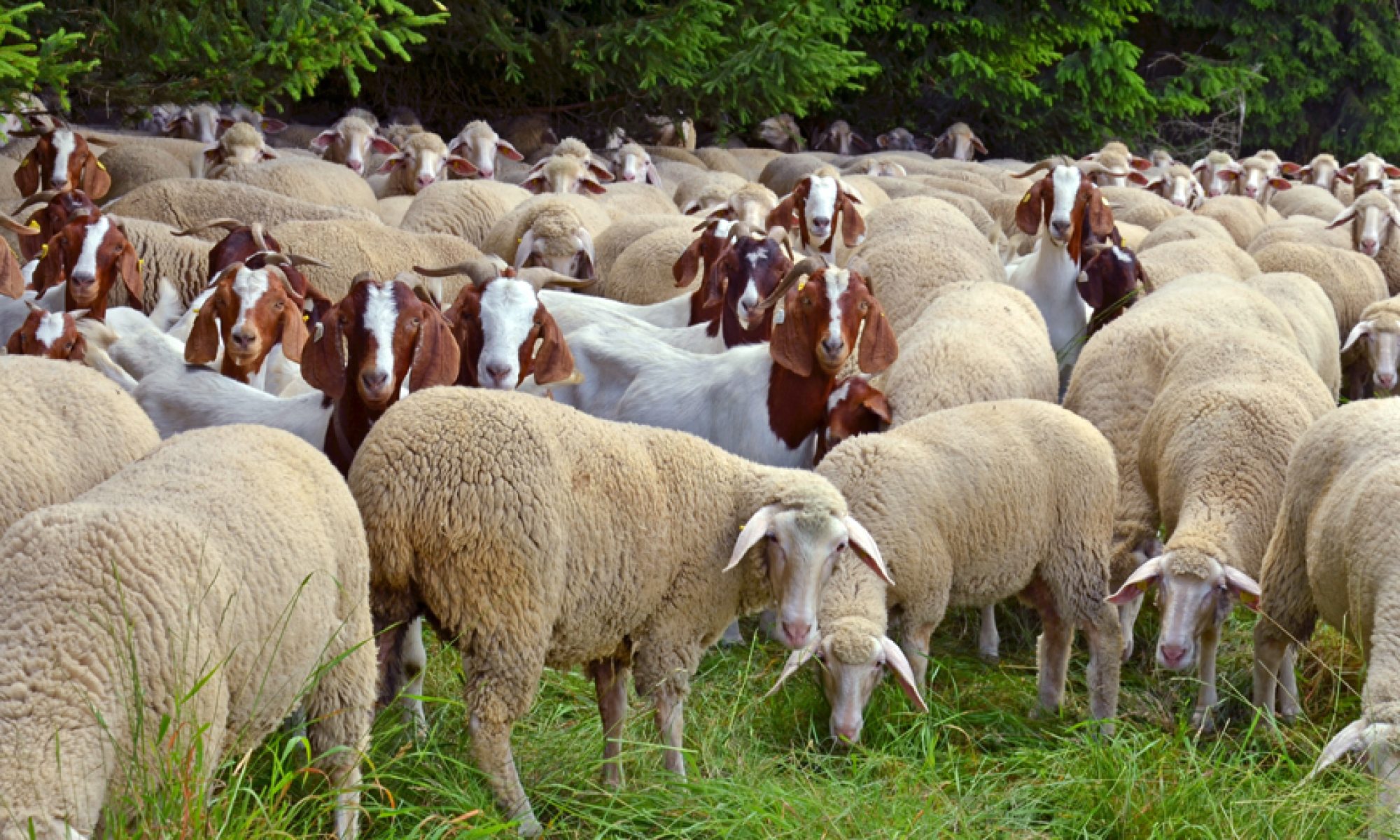Mort Sahl was a great comic from the 1950s. He knew we can’t stop predicting the future. But we need to try understanding what lies ahead in the Trumpian chaos, how to oppose it, how to give it a context. We so-called elites are cowed and stymied. How can one possibly meet the threats?
The best statement on how to understand these threats is in Foreign Affairs magazine by Steven Levitsky and Lucan Way: “The Path to American Authoritarianism: What Comes After Democratic Breakdown.” If you’re not a subscriber you’ll get a free pass to read this. It’s long but worth your time.
Journalists should write their own thoughts and not rely on heavy quotation. So I’m going to break that commandment and give you a summary of Levitsky and Way’s fine piece. At the same time, I urge you to read the whole thing, a masterly account of how we got here and what’s in store.
Democracy is in greater peril today than at any time in modern U.S. history. America has been backsliding for a decade: between 2014 and 2021, Freedom House’s annual global freedom index, which scores all countries on a scale of zero to 100, downgraded the United States from 92 (tied with France) to 83 (below Argentina and tied with Panama and Romania), where it remains.
U.S. democracy will likely break down during the second Trump administration, in the sense that it will cease to meet standard criteria for liberal democracy: full adult suffrage, free and fair elections, and broad protection of civil liberties.
What lies ahead is not fascist or single-party dictatorship but competitive authoritarianism—a system in which parties compete in elections but the incumbent’s abuse of power tilts the playing field against the opposition. . . . Americans will still be able to oppose the government, but opposition will be harder and riskier, leading many elites and citizens to decide that the fight is not worth it. A failure to resist, however, could pave the way for authoritarian entrenchment—with grave and enduring consequences for global democracy. . . . But much of the coming authoritarianism will take a less visible form: the politicization and weaponization of government bureaucracy.
Once key agencies such as the Justice Department, the FBI, and the IRS have been packed with loyalists, governments can harness them for three antidemocratic ends: investigating and prosecuting rivals, co-opting civil society, and shielding allies from prosecution. Trump’s efforts to use government agencies to harass his perceived adversaries will not be limited to the Justice Department and the FBI. A variety of other departments and agencies can be deployed against critics.
Although public figures rarely win such suits in the United States, Trump has made ample use of a variety of legal actions to wear down media outlets, targeting ABC News, CBS News, The Des Moines Register, and Simon & Schuster. His strategy has already borne fruit.
Governments in competitive authoritarian regimes routinely use economic policy and regulatory decisions to reward politically friendly individuals, firms, and organizations. . . . Although Trump cannot carry out his threat to withhold licenses from national television networks because they are not licensed nationally, he can pressure media outlets by pressuring their corporate owners.
The United States experienced a marked rise in far-right violence during the first Trump administration. . . . Trump’s pardon of nearly all the January 6 insurrectionists on returning to office has sent a message that violent or antidemocratic actors will be protected under his administration.
Weaponization of the state has become Republican strategy. The party that once embraced President Ronald Reagan’s campaign dictum that the government was the problem now enthusiastically embraces the government as a political weapon.
The Trump administration may derail democracy, but it is unlikely to consolidate authoritarian rule. The United States possesses several potential sources of resilience. . . . Trump’s approval rating never surpassed 50 percent during his first term, and a combination of incompetence, overreach, unpopular policies, and partisan polarization will likely limit his support during his second. . . . Compared with those in other competitive authoritarian regimes, opposition forces in the United States are well-organized, well-financed, and electorally viable, which makes them harder to co-opt, repress, and defeat at the polls.
But even a modest tilting of the playing field could cripple American democracy. . . . Although Trump’s critics won’t be jailed, exiled, or banned from politics, the heightened cost of public opposition will lead many of them to retreat to the political sidelines. . . . As individual actors retreat to the sidelines or censor themselves, societal opposition weakens. [This environment threatens] the young lawyers who decide not to run for office; the aspiring young writers who decide not to become journalists; the potential whistleblowers who decide not to speak out; the countless citizens who decide not to join a protest or volunteer for a campaign.
In 2025, the United States is governed nationally by a party with greater will and power to exploit constitutional and legal ambiguities for authoritarian ends than at any time in the past two centuries.
But the opposition can win only if it stays in the game. Opposition under competitive authoritarianism can be grueling. Worn down by harassment and threats, many of Trump’s critics will be tempted to retreat to the sidelines. Such a retreat would be perilous.


got it. game on. liberal locked and loaded.
got it. game on. liberal locked and loaded. &&&
I will be joining a protest on the Downtown Mall on Monday. Do or die!!!!
makes sense, but the issue is international and quite pervasive. there’s a broad gap between public demand and government performance. until that’s resolved, things are going to be pretty chaotic.